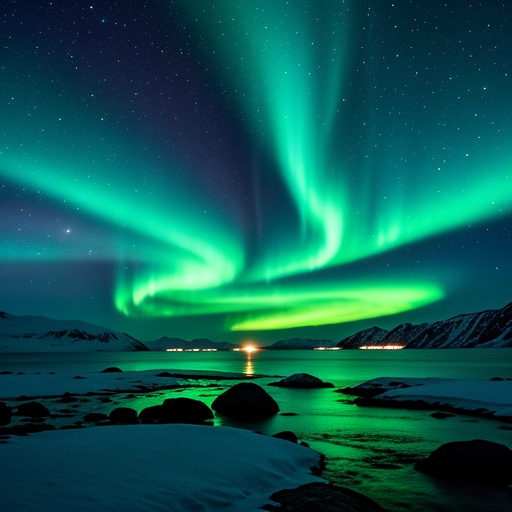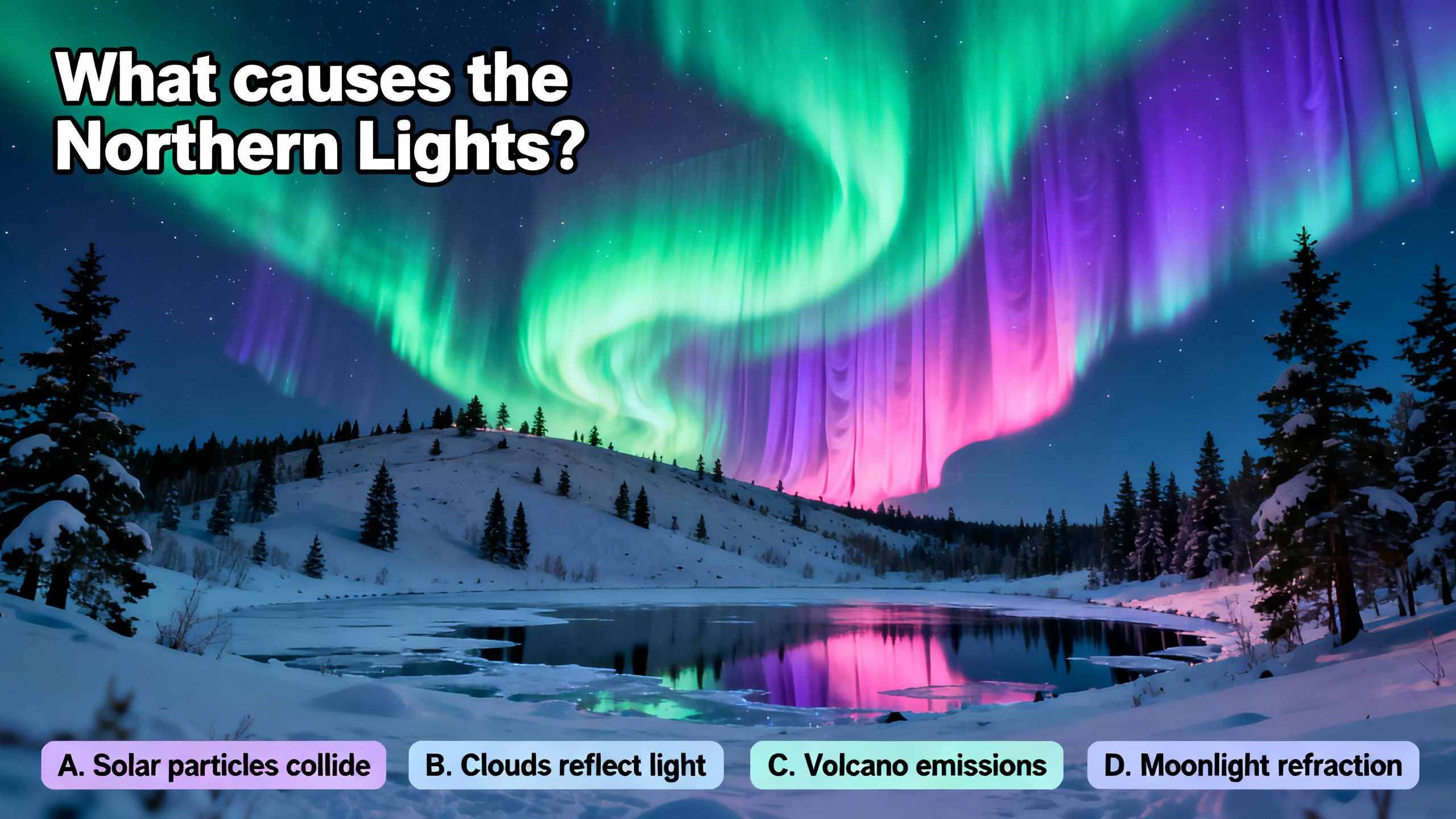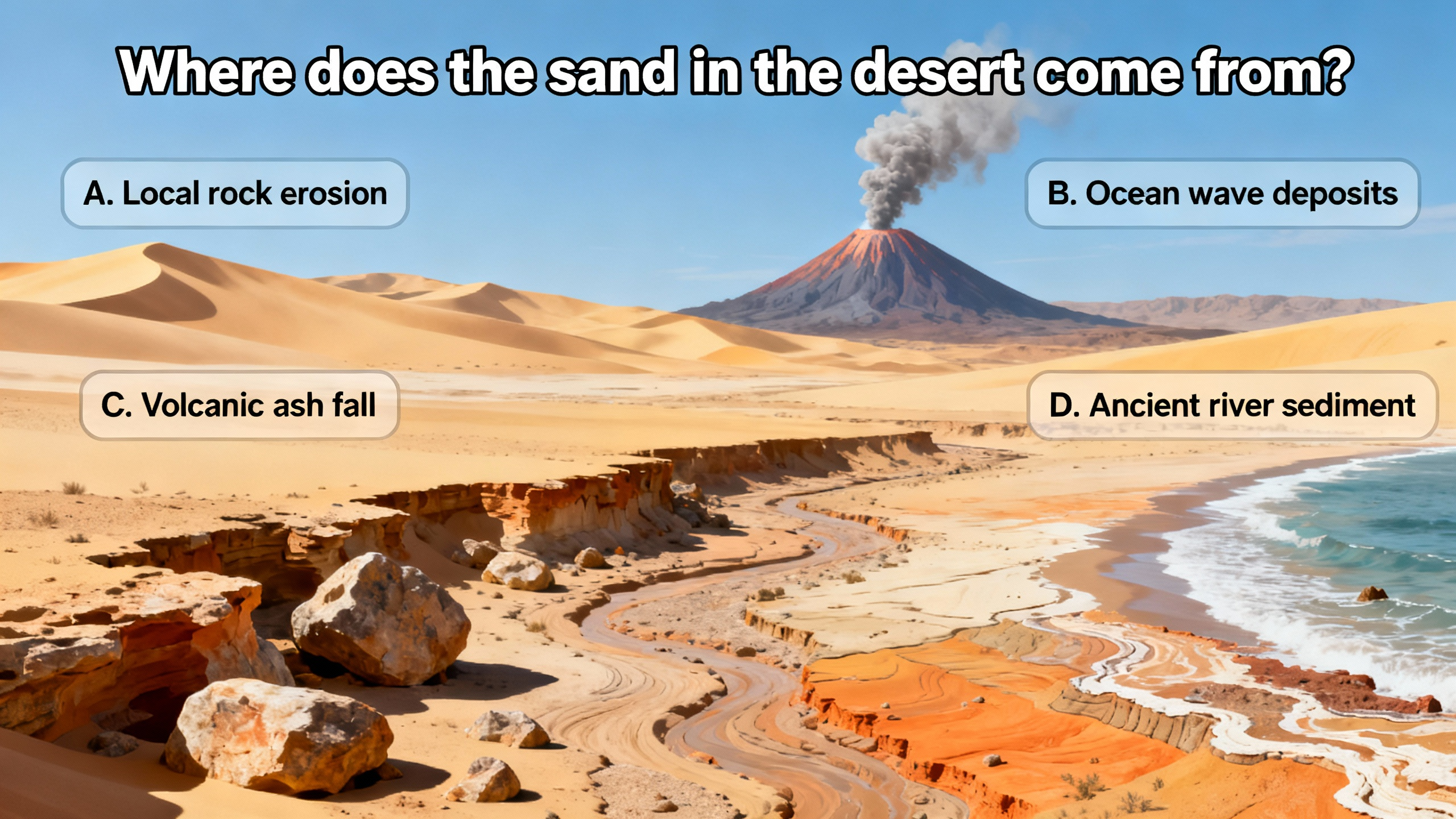The Northern Lights: A Natural Phenomenon
The Northern Lights, also known as the Aurora Borealis, are a spectacular natural light display predominantly seen in high - latitude regions. The primary cause of the Northern Lights is the interaction between the Earth's magnetic field and charged particles from the sun.
The sun is a massive ball of hot plasma constantly emitting a stream of charged particles called the solar wind. This solar wind consists mainly of electrons and protons. When the sun is particularly active, such as during solar flares or coronal mass ejections (CMEs), it releases a much larger amount of charged particles into space. As these charged particles approach the Earth, they encounter our planet's magnetic field.
The Earth's magnetic field acts as a protective shield. However, at the poles, the magnetic field lines are more open. The charged particles from the solar wind are funneled along these magnetic field lines towards the polar regions. Once these charged particles enter the Earth's upper atmosphere, they collide with atoms and molecules, mainly oxygen and nitrogen. These collisions transfer energy to the atoms and molecules in the atmosphere, exciting their electrons to higher energy levels. When these excited electrons return to their normal, lower - energy states, they release the excess energy in the form of light.
The color of the Northern Lights depends on the type of gas involved in the collisions and the altitude at which the collisions occur. For example, oxygen molecules at lower altitudes (around 60 - 150 miles) produce green light, which is the most common color of the Northern Lights. At higher altitudes (above 150 miles), oxygen can produce a rare red light. Nitrogen molecules can produce blue or purple - violet light, adding to the diverse and beautiful colors of this natural phenomenon.
In summary, the Northern Lights are a result of the complex interplay between the sun's charged particles, the Earth's magnetic field, and the gases in our atmosphere. This combination creates one of the most awe - inspiring displays in nature.











